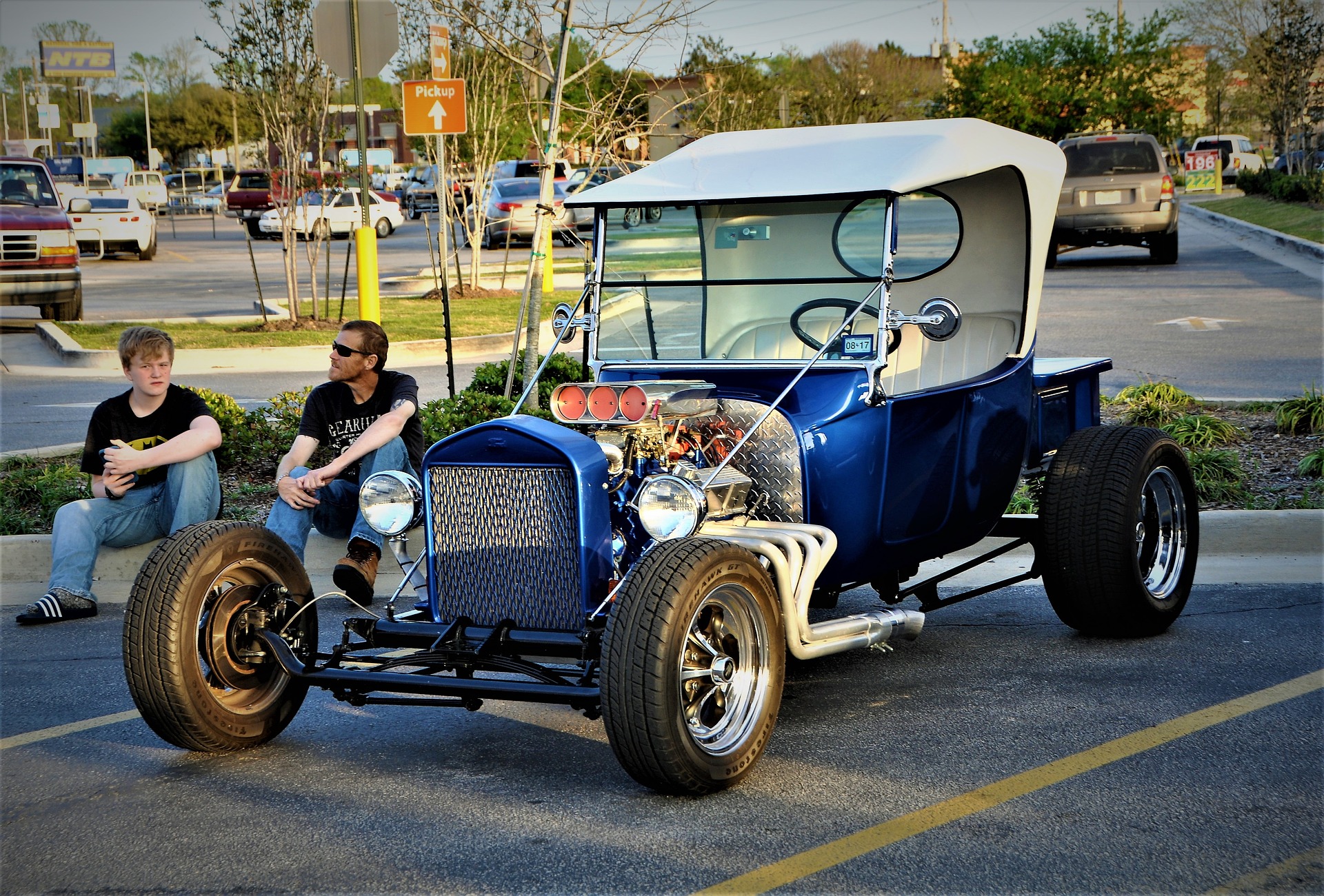Shifting Gears: How Continuously Variable Transmissions (CVT) Are Changing The Game
A typical car enthusiast might wax lyrical about the thrill of shifting gears in a manual transmission or the smoothness of an automatic. However, there's another player in the automotive world that's silently gaining traction – the Continuously Variable Transmission (CVT). As we delve into the world of CVT, we encounter a fascinating blend of historical ingenuity, modern engineering, and future potential.

The Concept of CVT: A Historical Perspective
The idea of a CVT isn’t new. In fact, the concept can be traced back to the late 15th century, when Leonardo Da Vinci sketched an early version of a stepless transmission in his notebooks. However, it wasn’t until the 20th century that CVT technology found its way into automobiles. DAF, a Dutch automaker, introduced the first commercially available CVT in their small cars in the 1950s.
How CVTs Work: A Symphony of Belts and Pulleys
Unlike conventional manual or automatic transmissions, CVTs don’t use gears. Instead, they employ a pair of variable-width pulleys connected by a belt or chain. The width of the pulleys changes based on the car’s speed and load, resulting in a “continuous” range of gear ratios. This mechanism provides a smooth, seamless acceleration devoid of the noticeable shifts in a conventional gearbox.
The Rise of CVTs: Current Trends and Advancements
CVTs have been steadily gaining popularity, especially in smaller, fuel-efficient cars. Their ability to keep the engine at its most efficient RPM (Revolutions Per Minute) level helps improve fuel economy, a key selling point in today’s eco-conscious market. Nissan, Subaru, and Honda are among the automakers who have embraced CVTs in many of their models.
The Impact of CVTs: Benefits and Challenges
The benefits of CVTs are clear: improved fuel efficiency, smoother driving experience, and simpler construction. However, they also come with their share of challenges. Some drivers find the continuous engine drone unappealing, and early CVT models faced durability issues. However, carmakers have made significant strides in addressing these concerns, with newer CVTs offering simulated “gear changes” and improved reliability.
The Future of CVT
While CVTs may not replace traditional transmissions entirely, they offer an intriguing alternative. With continued advancements in technology and growing consumer acceptance, CVTs are poised to play a significant role in the future of the automotive industry. It’s an exciting time to be an automotive enthusiast, as we witness the evolution of cars and the technologies that drive them. The CVT is a testament to this exciting journey, a symbol of how far we’ve come and a hint of where we might be heading.





